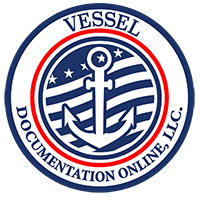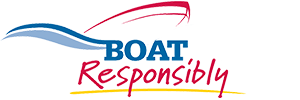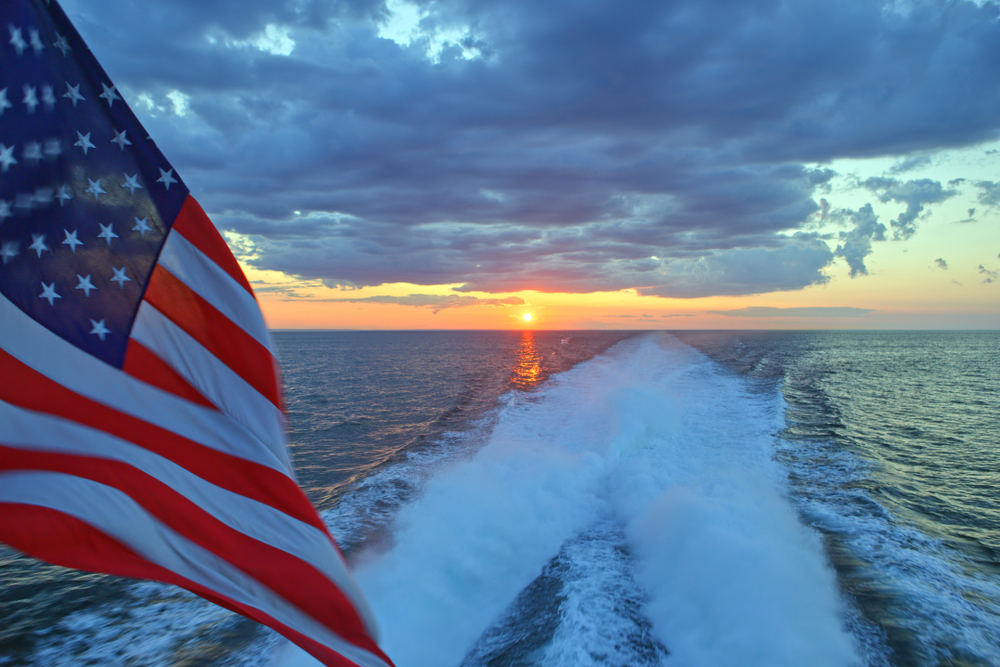Aside from your vessel documentation, there are other things to consider to sail properly in the US.
The United States Coast Guard establishes minimum standards for recreational vessels and associated safety equipment and must be in compliance with its standards, specifications, and regulations for performance, construction, or materials.
Life jackets
Each person on board must have a wearable life jacket available. If the boat is 16 feet or longer, it must also carry a throwable (Type IV) device, unless it’s a canoe or a kayak. Life jackets must be approved by the U.S. Coast Guard (you need to check that on its label), in good condition, properly stowed, and of the proper size and type for each user. It’s recommended to wear a life jacket whenever the boat is underway.
There’re 5 types of life jackets: A type I Off- Shore, which provides the most buoyancy and can turn an unconscious wearer to a face-up position in the water; A Type II, Near-Shore Buoyancy Vest, intended for quiet, inland waters, may also turn unconscious wearer to face-up position; A Type III Flotation Aid, also intended for calm waters with a good chance of quick rescue, but wearers may have to tilt their heads back to be faced-up; A Type IV throwable device, designed to be held, not wore, by a person in the water; and A Type V Special Use device, used in specific activities, must be exclusively worn.
Visual Distress Signals
All vessels operating on U.S.A. coastal waters, great lakes, territorial seas, and those waters connected directly to up to a point where the waterway is less than two nautical miles wide must have visual distress signals (VDS) approved by U.S. Coast Guard. Recreational boats less than 16 feet in length, boats participating in organized events, open sailboats less than 26 feet in length without propulsion machinery, and manually propelled boats are not required to carry day signals but must carry night signals.
Other visual distress signals are pyrotechnic devices, like red flares, orange smoke, or launchers for aerial red meteors or parachute flares; or non – pyrotechnics devices like the orange distress flag (used as a day signal only) or the electric distress light, useful only during the night, that flashes the international SOS distress signal automatically.
Fire Extinguishers
Extinguishers are required on boats where a fire hazard could happen from engines or a fuel system. They’re classified by a letter and a number symbol that indicate the type of fire it can extinguish. For example, type B is designed to extinguish flaming liquids like gasoline, oil, and grease. The number indicates the amount of the extinguisher’s agent: the higher the number, the greater the amount of agent.
Ventilation
Vessels using gasoline for electrical generation, mechanical power, or propulsion must have a ventilation system, which consists of a supply opening from the outside air, a ventilated compartment or a compartment that’s open to the outside air; and an exhaust opening into another ventilated compartment or an exhaust duct to the atmosphere. A powered ventilation system, consisting of one or more exhaust blowers, is required for each compartment in a boat with a gasoline engine.
Backfire Flame Control
Gasoline engines installed in a motor vessel after April 25th, 1940 must be equipped with acceptable means of backfire flame control. The backfire flame arrestor (BFA) must be secured to the air intake with a flame–tight connection. Other acceptable means of backfire flame control are air and fuel induction systems, velocity stacks, and reed-type.
Navigation Lights
Between sunset and sunrise, and during periods of restricted visibility, it is required to recreational vessels to display navigation lights.
All Your Vessel Documentation in One Place
Keeping your vessel documentation up to date is part of your boat’s safety, too. Our SSL encrypted website is the fastest, safest way to keep your documents up to date. Learn more about it by navigating our portal!




